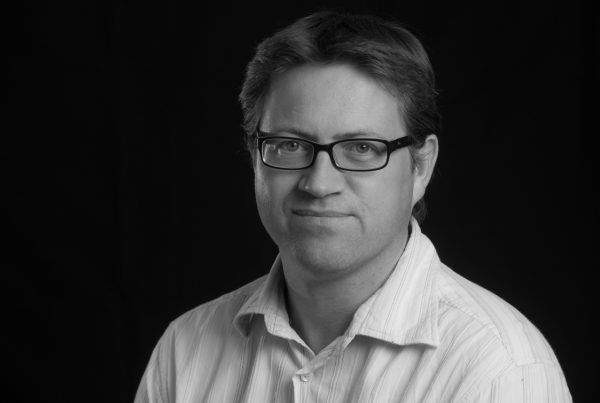Stefan Bromley heads the Nanoclusters and Nanostructured Materials (www.ub.edu/nnmgroup) group within the Institute of Theoretical and Computational Chemistry at the University of Barcelona (IQTC-UB). He obtained his PhD in Computational Physics (University of Southampton, UK) in 1997 and has held research posts in the UK (Postdoctoral fellow, Royal Institution), the Netherlands (Associate Professor, Delft University of Technology) and Spain (Ramón y Cajal fellow, UB). He has published over 200 articles and given many invited talks about his work at international conferences and academic institutions. He has also co-edited two books and co-authored two reviews on computational modelling of nanoparticles and nanomaterials.
Research interests
With the constant technological drive for device miniaturisation, materials are increasingly being used at scales of only a few 100s or 1000s of atoms (i.e. the nanoscale). Such nanomaterials display novel size-dependent properties compared to materials at everyday length scales. Employing classical atomistic and quantum chemical modelling methods implemented on powerful supercomputers, we aim to provide a detailed predictive understanding of the structural, electronic and chemical properties of nanomaterials. We focus on how nanomaterials evolve with size, and designing new materials from nanoscale building blocks. Our research follows three main themes:
1) Inorganic nanoclusters and nanostructured materials for energy applications (e.g TiO2, ZnO, CeO2).
2) Nucleation, growth and properties of nano-sized cosmic dust particles (e.g. nanosilicates).
3) Design and understanding of low-dimensional materials for electronics/spintronics using organic molecular building blocks .
Selected publications
- Recio-Poo M, Morales-García A, Illas F, Bromley ST 2024, 'Tuning electronic levels in photoactive hydroxylated titania nanosystems: combining the ligand dipole effect and quantum confinement', Nanoscale, 16, 8975-8985.
- de Donato AA, Ghejan BA, Bakker JM, Bernhardt TM, Bromley ST, Lang SM, 2024 '' Gas-Phase Production of Hydroxylated Silicon Oxide Cluster Cations: Structure, Infrared Spectroscopy, and Astronomical Relevance, ACS Earth and Space Chemistry, 8, 1154–1164.
- Salvador RM, Bromley ST & Vines F 2024, 'The limits of ground-state water splitting on ZnO surfaces: A density functional theory study', Catalysis Today, 441.
- Recio-Poo M, Morales-García A, Illas F & Bromley ST 2024, 'Size-Dependent Ab Initio Atomistic Thermodynamics from Cluster to Bulk: Application to Hydration of Titania Nanoparticles', Journal of Physical Chemistry Letters, 15, 8240-8247.
- Bromley ST, 2024 'Nanosilicates and molecular silicate dust species: properties and observational prospects', Frontiers in Astronomy and Space Sciences 11, 1523977
Selected research activities
Invited talk: "Towards new 2D quantum materials from single-layer chemically-expanded graphenic lattices" - Graphene2024 Conference, Madrid, Spain.
Invited talk: "From spin-polarised carbon-based molecules to nanostructured 2D quantum materials" - CMD31-General Conference of the Condensed Matter Division of the European Physical Society, Braga, Portugal.
Invited talk: "The Stardust Simulator: A Bottom-up Approach to the Growth & Properties of Silicate Dust Grains" - QuantumGrain Workshop: Emerging Horizons in the Chemistry of the Universe, Barcelona, Spain.
Invited seminar: "Understanding the structural and spectroscopic properties of nanoscale cosmic dust grains using atomistic modelling" - Dept. of Physics, University of Basel, Switzerland.
